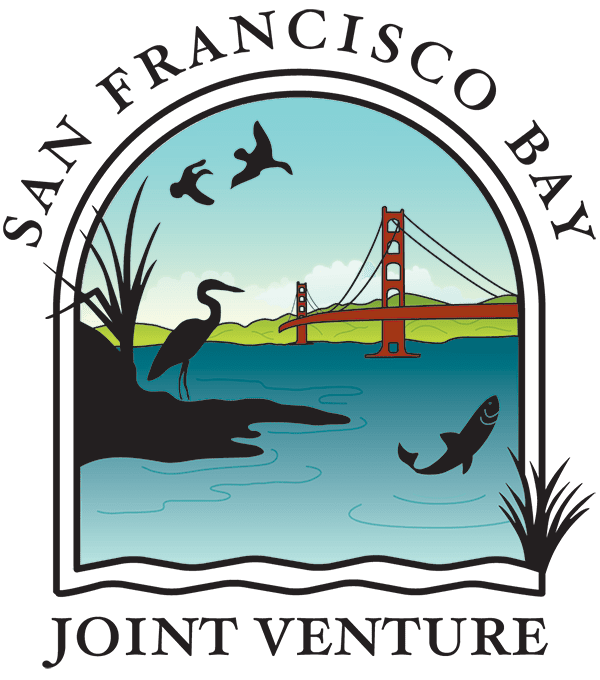Conservation
Habitats and Birds
Habitat conservation and management is the foundation of the JV partnership and our top priority. We seek to protect, restore, and enhance habitats within our geographic scope so that wildlife will have the functional and resilient land and waterscapes they need to survive and thrive. To do this we have set acreage and functional goals for a variety of habitats both within and adjacent to SF Bay.
As an estuary of international significance the Bay has been given several designations including being one of few places where shorebirds can rest and fuel on their long Pacific Flyway migration journeys and where a multitude and diversity of birds spend their winters. Also of note, as of 2022, twenty six animal species protected by federal or state Endangered Species Acts live here and rely on the Bay habitats for which we have set protection goals.
The Bay is also shared by a beautiful diversity of close to 8 million people. Fortunately what is good for birds is good for people. Our work aims to benefit all who live in the nine Bay Area counties.
Individually, we are one drop. Together, we are an ocean.”
Ryunosuke Satoro
The Places and Animals we love
While we focus on habitats within the SF Bay Estuary, we have also set goals to protect and improve habitats found in the outer coasts and adjacent upper watersheds. In our Implementation Plan (Restoring the Estuary 2.0) we go into detail about how these goals were set as well as how and why they were updated in the 2022 revision. [link to chapter 2 and use table 1 or a graphic from within that alongside this text.]
Here we share a few features of our broadest habitat types along with some of the birds who rely on them for their survival.

Estuarine habitats
These are subtidal and baylands habitats where lands are touched by the tides or would be in the absence of levees or other unnatural structures. Our protection goals also include the adjacent uplands that provide physical and ecological connections with the baylands and/or allow for habitat migration to accommodate for sea-level rise.
Within this larger estuarine category, there are a number of different habitat types including non-tidal wetlands and waters, tidal marsh, and beaches (among others). All are found in San Francisco Bay, Central Bay, San Pablo Bay and part of Suisun Bay. The open and shallow waters offer food and rest for dabbling ducks like Northern Shovelers and Pintails or diving ducks such as the Western Grebe or Double-crested Cormorant. Closer to shore in the transition zones, you might see the Greater Yellowlegs or a Long-billed Curlew wading through the waters. If you are lucky and there is some native Spartina for cover, the endangered Ridgway’s Rail might bravely take a stroll.

Watersheds

Outer Coasts
Found along the Pacific Coast in San Francisco, San Mateo, Marin, and Sonoma counties, these habitats are influenced by marine conditions and processes such as tides, waves/swell, coastal winds, and longshore sediment transport. Coastal estuaries and the riparian habitats that drain into them are also in this broad habitat category. Abundant with wildlife, these are a great place to see shorebirds in large numbers and to observe seasonal closures to help protect these species during breeding season.
